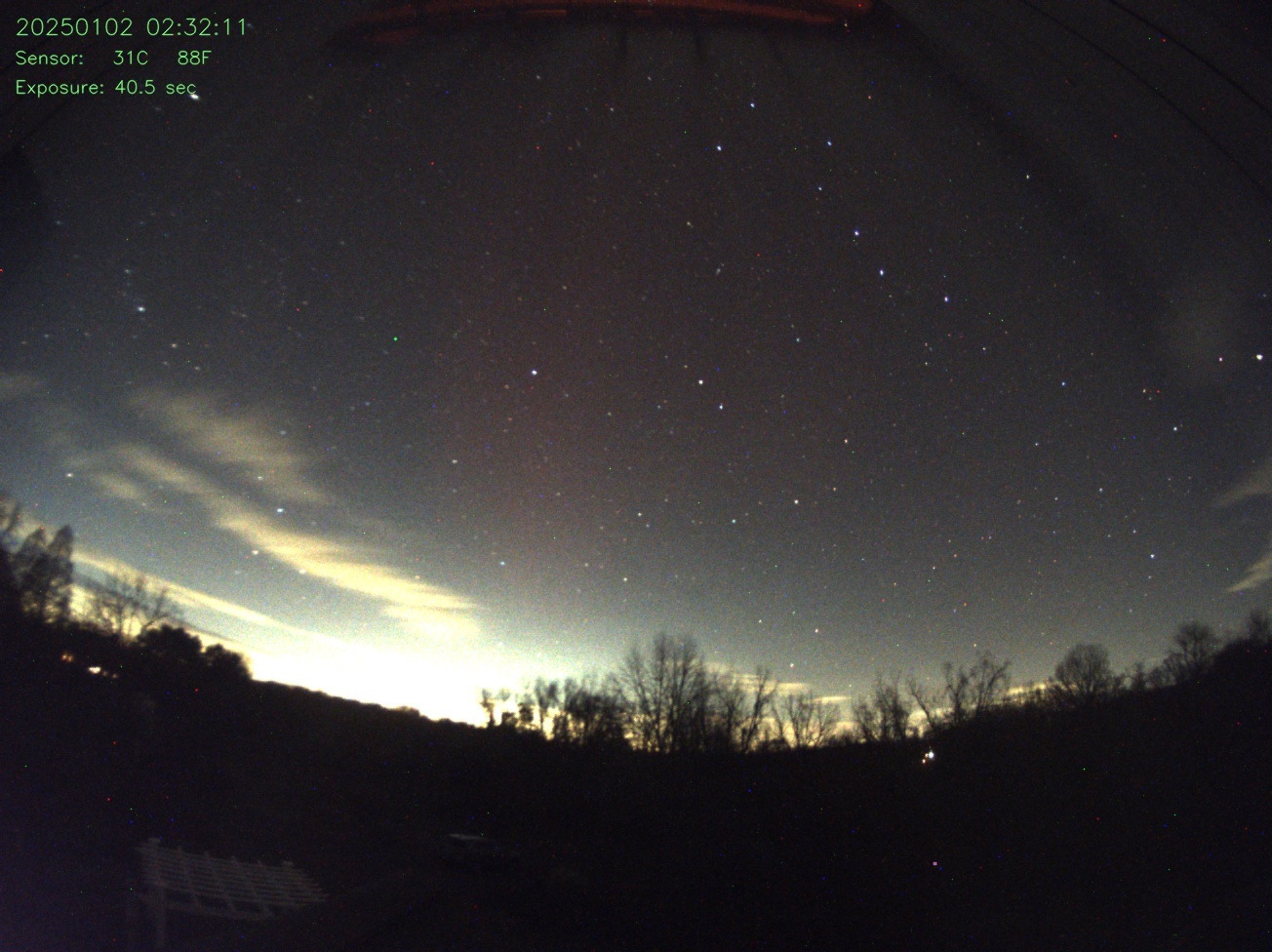SAR
Lens: Nikon Z DX 15-50mm at 23mm f/4.2
Camera: Nikon Z6_3 ISO 25600
Exposure: 3 secs.
Location: MHO
Date: 01-Jan-2025
|
SAR
Created: 1/2/2025
|
|
|
|
SAR |
|
|
|
SAR |
|
|
|
SAR |
|
|
|
SAR |

|
|
SAR arcs were discovered in 1956 at the beginning of the Space Age. Researchers didn’t know what they were and unwittingly gave them a misleading name: "Stable Auroral Red arcs" or SAR arcs. Click here for mp4 video |